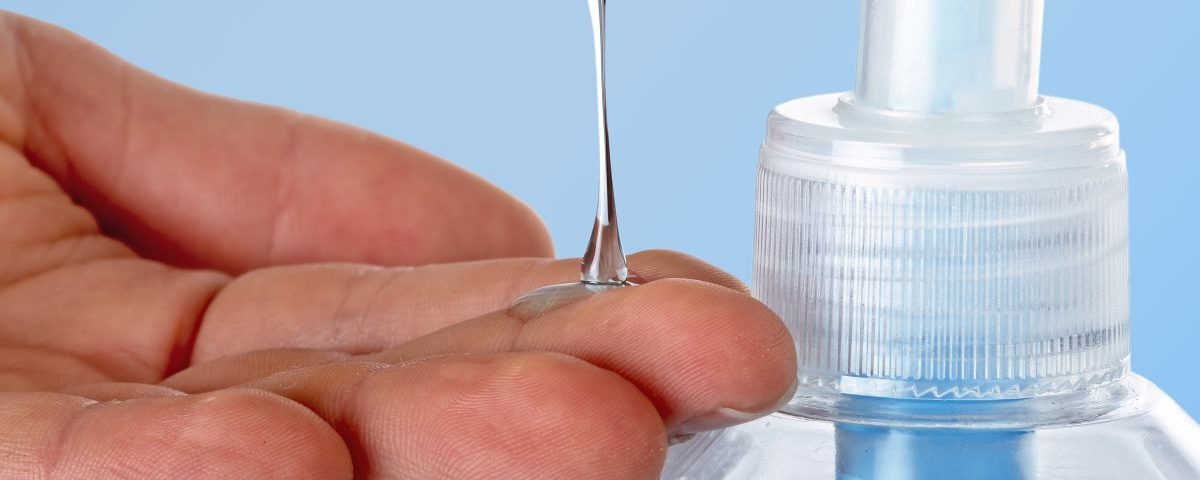- World's No.1 selling Anti Bacterial Treatment System!
- +971 56 3304466
- +971 55 9676070
- info@bactakleen.ae
Using disinfectants to prevent hand, foot, and mouth disease from spreading

What is the sanitizing solution?
February 9, 2021
What are the three types of sanitizers?
February 9, 2021According to the CDC (2020), hand, foot, and mouth disease (HFMD) is an infectious disease common among children aged five years and below. Keeping that in mind, the virus can also infect adults, although it’s mostly common among children. HFMD is commonly caused by coxsackievirus A16 and enterovirus 71, which is the second common cause of the infection. Other strains of coxsackievirus and enterovirus can also cause this disease. This disease is highly contagious, and it can occur anywhere in the world regardless of the geographical features.
Its symptoms include fever (that is usually the first symptom), and then you generally feel unwell. This indication is followed by blisters on the hands, feet and mouth, skin peeling, rashes, and red spots. Irritability and loss of appetite may also be part of the symptoms. The virus can also cause throat pains that make it hard to swallow anything, dehydration, and fatigue. The incubation period for these symptoms to occur is usually 3 to 6 days; however, some people may have and transmit the virus to others without showing signs themselves. Every individual doesn’t need to show all these symptoms, though.
How hand, foot and mouth disease transmitted?
The CDC (2020) mentions that HFMD can be transmitted through close contact with the infected person, through sharing utensils, via the air from coughing, and through faecal particles of the infected person. Most parents come into contact with the faecal matter when changing the baby’s diapers, but this can also happen when using a family’s shared toilet incase the infected person is not a baby. You can also catch these viruses by touching a contaminated surface. So far, there is no cure or vaccination for these viruses, so as scientists are working to develop one, prevention is the only option there is.
Preventive measures and appropriate disinfection
Hand hygiene may prevent the spread of infection; it’s essential to wash your hands and sanitize them every time you tend to a sick person. After changing your baby’s diapers, be sure to clean and sanitize your hands (Saguil et al. 2019). Avoid taking your child to a daycare or school if you suspect that may be infected, to avoid spreading the disease further.
Disinfecting surfaces in your home or workplace remains to be the best solution when it comes to eliminating bacterial or viral pathogens. You should wash the items the infected person has touched with water and soap if they are washable, then disinfect them using a solution of chlorine bleach. You can mix one tablespoon of chlorine bleach with four cups of water, or you can use a cleaning product that contains bleach. Whenever you’re doing laundry, use bleach to clean clothes and beddings and keep them separate from other laundries, this should be done daily.
Use a disinfectant spray or disinfecting wipes to clean the child’s toys, a high chair if a child uses one, a playpen, and every other thing that the child may have come into contact with. When using disinfecting wipes, you should always ensure that the wipes contain more than 60% alcohol, because these viruses can be resistant to a sanitizer that has less than 60% alcohol. Proper disinfection of these surfaces is required to prevent the disease from transmitting to other family members.
References
Saguil, A., Kane, S. F., Lauters, R., & Mercado, M. G. (2019). Hand-foot-and-mouth disease: rapid evidence review. American Family Physician, 100(7), 408-414.
CDC. (2020, October 2). Hand, foot & mouth disease prevention. Retrieved from https://www.cdc.gov/hand-foot-mouth/about/prevention.html
CDC. (2020, May 1). Hand hygiene in healthcare settings. Retrieved from https://www.cdc.gov/handhygiene/




